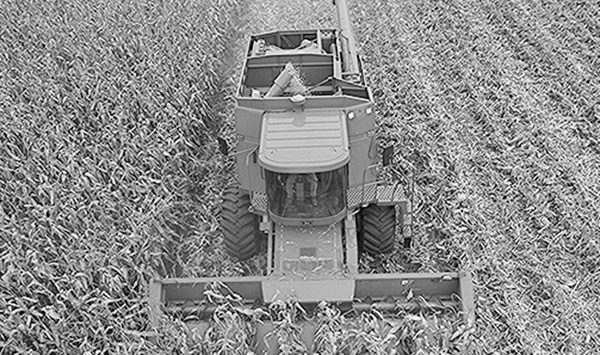No-Till Farmer
Get full access NOW to the most comprehensive, powerful and easy-to-use online resource for no-tillage practices. Just one good idea will pay for your subscription hundreds of times over.

Some farming innovators maintain harvest is the key to making any no-till program work. You’ve got to spread straw, chaff and stalks evenly across your fields if you want the best no-tilling conditions at seeding time.
But as Marion Calmer indicates, a crop isn’t worth much if you leave a good chunk of it laying in the field due to poor harvesting techniques. That’s why the veteran no-tiller and operator of Calmer’s Agronomic Research Center at Alpha, Ill., believes you’ve got to “bank” more dollars from your no-till cropping operation, especially in these times of low commodity prices.
Relying on the latest technology, newest harvesting equipment, advice from neighbors and a lot of trial and error, Calmer has developed some tips for combining your no-till crops more efficiently and effectively.
Here’s his list of “must dos” to help you do a better job of combining no-till corn and soybeans this fall.
1. Your combine’s reel should run ten times faster than your ground speed. If you’re running at 3 1/2 mph, the reel should turn at 35 revolutions per minute. To make this adjustment, Calmer spray paints a white dot on the black reel out in front of the cab to allow him to count the revolutions while combining.
2. If you’re having trouble with the sickle bar plugging, tilt your header back slightly. This is accomplished by adjusting the face plate on the feeder house. This pulls the snake heads off the ground and lets you cut your no-till…